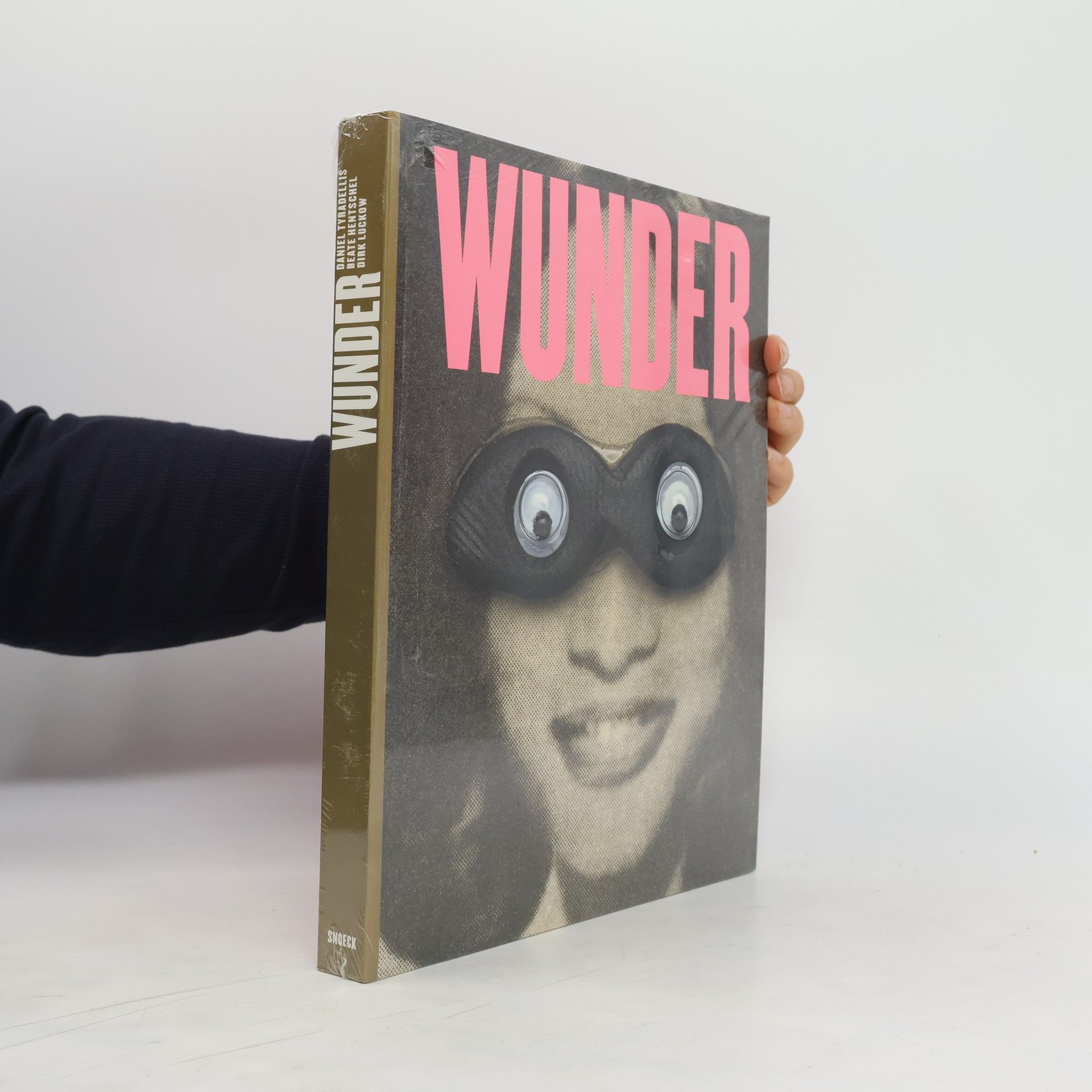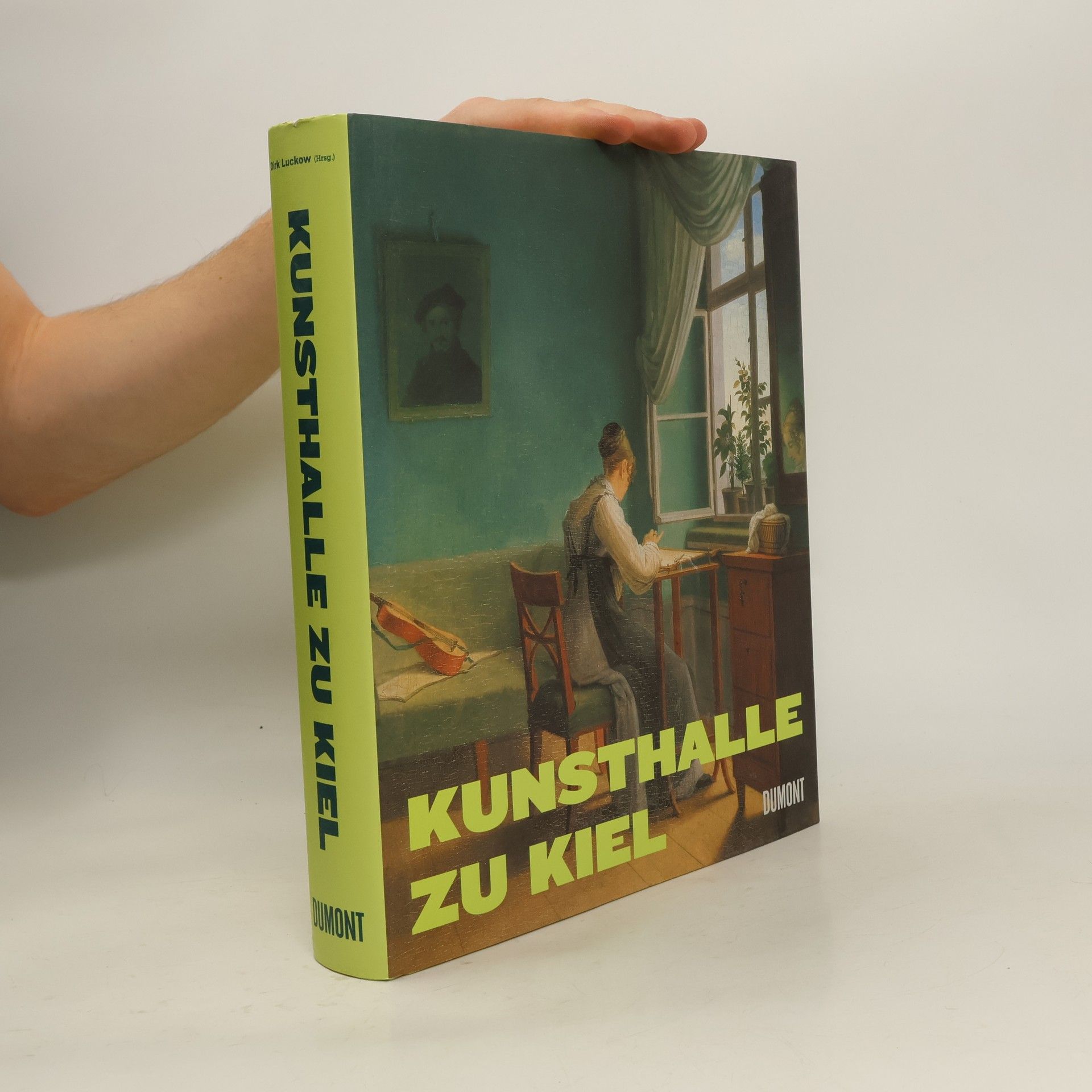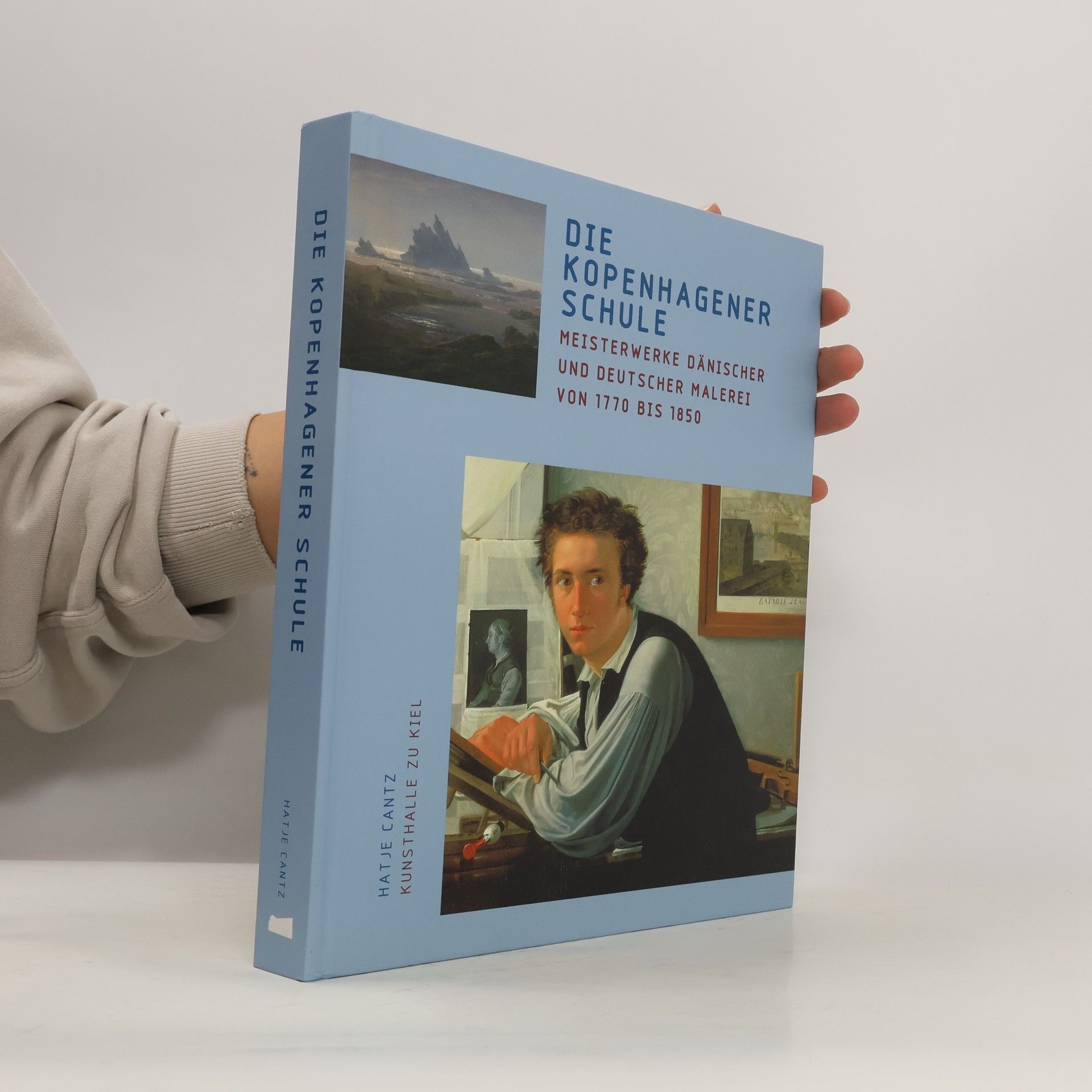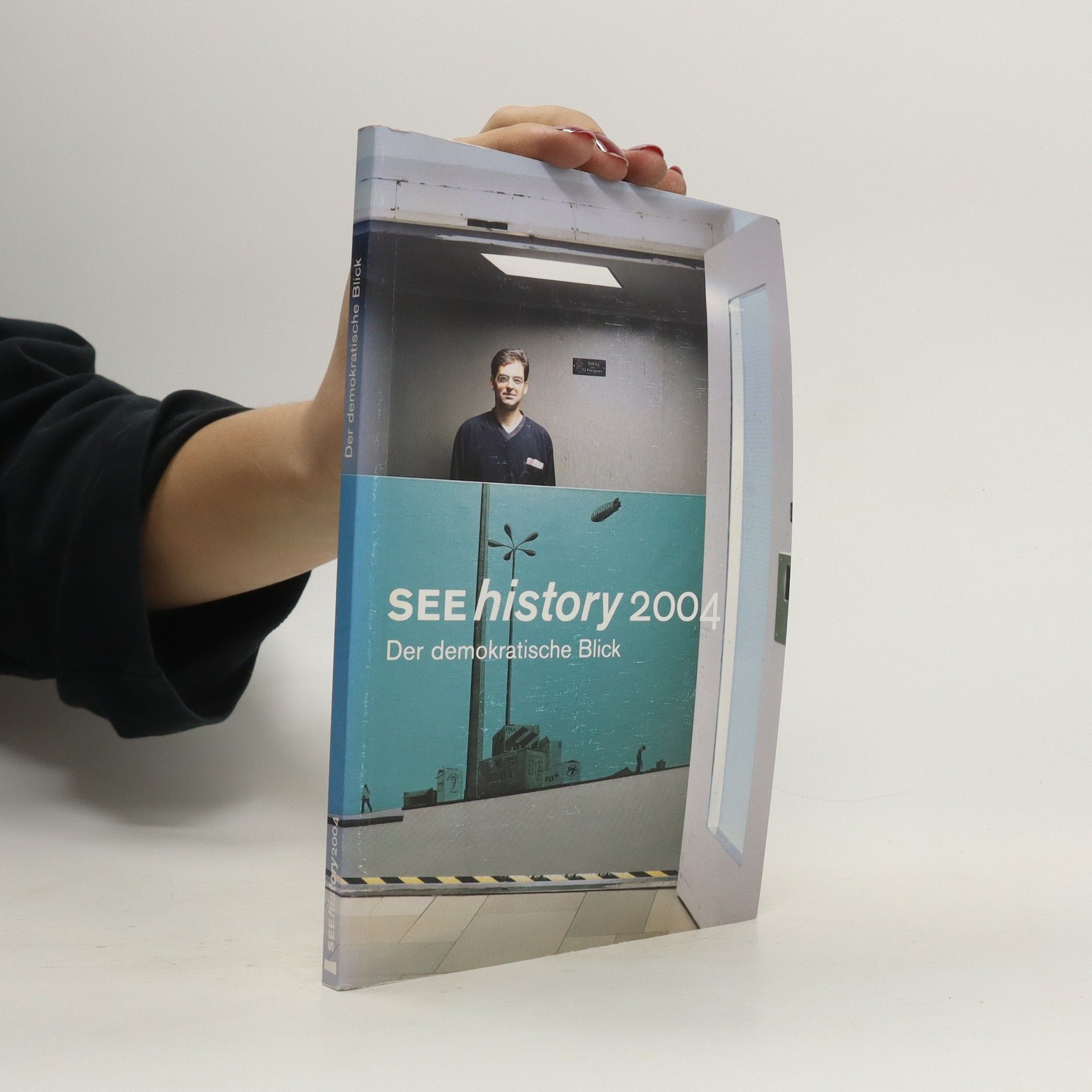As early as the 1960s, Nancy Spero's work was breaking ranks with the establishment. Her unique pictorial vocabulary and insistent political engagement was a far cry--and a loud cry--from the styles of abstraction that dominated the American art world at that time. She articulated and has continued to drive at themes of burning interest to protest against the Vietnam War, the alienation of society and violence against women, for example against Jewish woman under National Socialism and in the historical contexts of witch hunts. A Continuous Present pairs her War Series (1966-70), a cycle of anti-Vietnam War gouaches, with an overview of her work from the last decade. Between 1992 and 2001, Spero created infinite-seeming works on long horizontal and vertical bands of paper--a format borrowed from Egyptian papyrus rolls, Chinese scroll painting and antique friezes--populating them with female figures taken from mythology, various epochs and diverse cultures, giving them feminist momentum via highly charged or parodistic confrontations.
Dirk Luckow Books




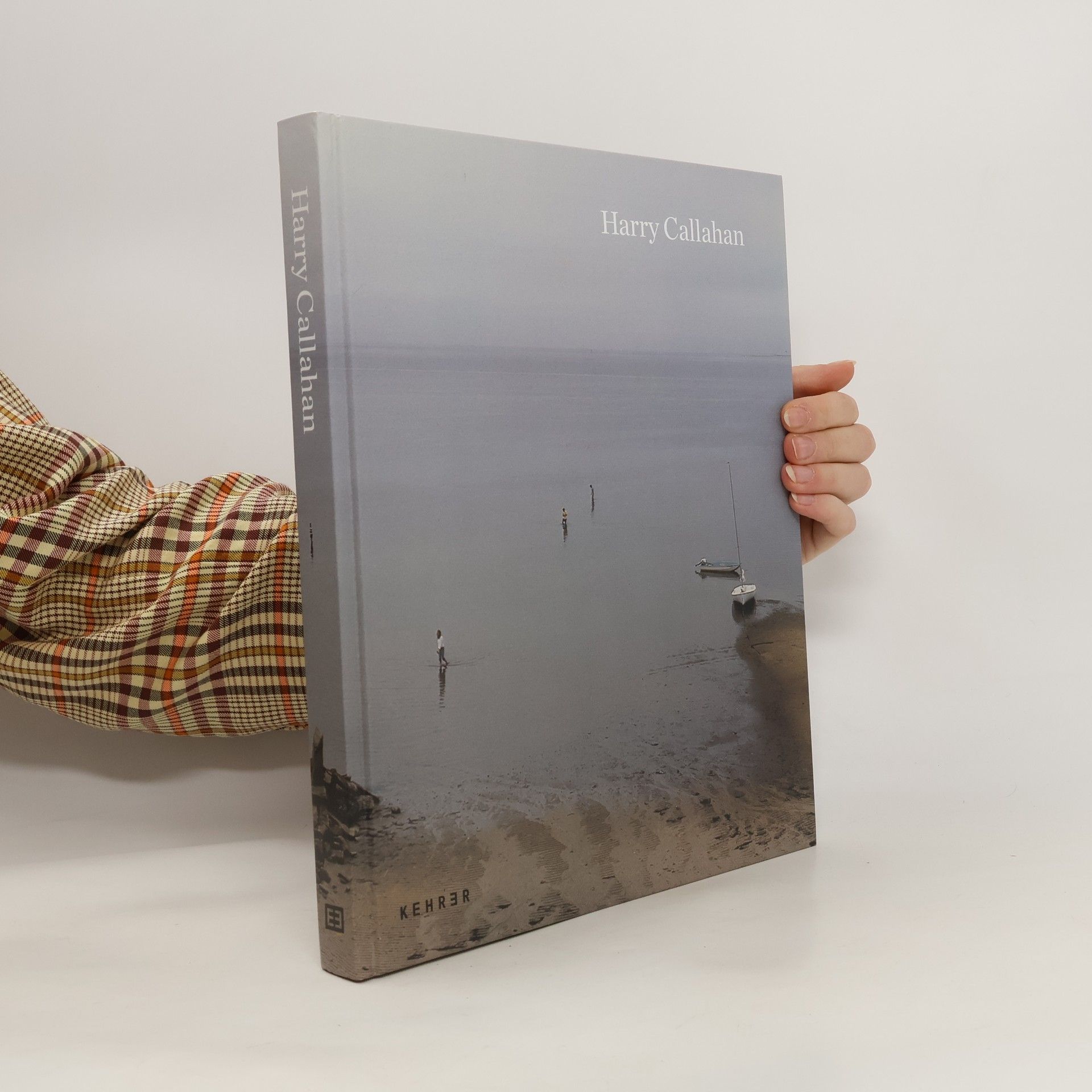

Harry Callahan
- 256 pages
- 9 hours of reading
Harry Callahan (1912-1999) is regarded as one of the most innovative and influential 20th century American photographers. By amplifying the abstract tendencies of New Vision in a lyrical mode evincing great sensitivity, he was able to overcome the prevailing realist aesthetic in American photography. This retrospective presents Callahan's multi-faceted photographic oeuvre, the product of tireless and prolific creative labours over the course of nearly sixty years. With nearly 200 works, it shows the entire spectrum of Callahan's production.
William Kentridge. Why Should I Hesitate: Putting Drawings to Work
- 88 pages
- 4 hours of reading
Die Deichtorhallen Hamburg widmen dem südafrikanischen Künstler William Kentridge eine groß angelegte Ausstellung, die vom Zeitz MOCAA in Kapstadt in Zusammenarbeit mit William Kentridge konzipiert und organisiert wurde. Kentridge verarbeitet Themen wie soziale Ungerechtigkeit, die Geschichte Südafrikas, Kolonialismus, Familie, Flucht und Vertreibung mit den unterschiedlichsten Medien. Am Anfang seiner künstlerischen Praxis steht jedoch immer die Zeichnung, welche als Leitmedium im Mittelpunkt der Ausstellung steht. Der begleitende Katalog enthält neben einem Vorwort des Intendanten der Deichtorhallen, Dirk Luckow, ein umfassendes Interview zwischen William Kentridge und der Direktorin des Zeitz MOCAA, Koyo Kouoh sowie 14 Kurztexte zu den ausgestellten Werkgruppen mit ausgewählten Bildbeispielen.00Exhibition: Deichtorhallen, Hamburg, Germany (23.10.2020 - 18.04.2021).
Counter Culture. 25 Years Sammlung Falckenberg. Objects and Installations
Kat. Sammlung Falckenberg / Deichtorhallen Hamburg
On the occasion of the 25th anniversary of the Falckenberg Collection, Deichtorhallen Hamburg/ Falckenberg Collection will present a comprehensive exhibition focusing on installation and sculptural works from the collection. The exhibition presents around 100 works by over 60 internationally renowned artists, which have already been on loan to the Centre Pompidou, PS1, Walker Art Center, Tate Modern, MoMA New York, MOCA Los Angeles as well as the Venice and Shanghai Biennales. For the first time, these works will now be brought together in a large survey exhibition at the Falckenberg Collection in Hamburg-Harburg. Some of the exhibits will be on display for the first time in the Phoenix Hallen in Harburg. Many of the works on show, such as Jon Kessler's multimedia installation "The Palace at 4 A.M.," will be carefully restored especially for this exhibition and thus made newly accessible for visitors. In addition, the permanent installations at the Falckenberg Collection by Jonathan Meese, Thomas Hirschhorn and John Bock are an integral part of the show.
The Deichtorhallen Hamburg are showing the largest solo exhibition of the artist Katharina -Sieverding to date on four floors of the Falckenberg Collection. Around 120 works span all -phases of the artist's oeuvre. For more than five decades, Katharina Sieverding has been one of the pioneers who recognized the diverse expressive possibilities of photography early on and -continually expanded the medium conceptually and formally. Her subjects and artistic principle are »transformation processes, questions about identity, gender, and race« as she states. She became known for the unprecedented consistency with which she has used her portrait, enlarging and manipulating it in a variety of ways, in film and photography since the 1960s. Beginning in the 1970s she worked on large-format montages on the state of the world, first shown internationally at documenta 6 in 1977. The exhibition as well as the book places a special focus on the unbroken high topicality of earlier works and the artist's -interest in creating instal-lative approaches to the medium of photography.
Wunder
- 299 pages
- 11 hours of reading
WUNDER ist das Buch zur Ausstellung, die die Grenzen abendländischer Rationalität untersucht – an ihren Rändern, im Innern und in ihrer Geschichte. Es thematisiert, was in unserer Welt aus dem Rahmen fällt: unerklärliche Heilungen, beeindruckende Naturschauspiele, technische Innovationen, künstlerische Ideen und Zufälle. Die Exponate zeigen, wie christliche Religion und antike Naturphilosophie unsere Vorstellung des Wunders geprägt haben. Das Wunder wird als eine Öffnung in der Welt erkennbar, aus der Kunst, Wissenschaft und Technik hervorgehen. Während Wissenschaft und Technik oft zweckorientiert sind, bietet die Kunst einen größeren Freiheitsgrad, um diese Öffnung neu zu gestalten und zur Diskussion zu stellen. Diese kulturelle Öffnung verweist auf einen Mangel, der sowohl ersehnt als auch unerreichbar ist, und sie ist der Antrieb für Meisterwerke in Kunst und Technik. Durch den Vergleich religiöser, wissenschaftlicher und künstlerischer Motive mit alternativen Sichtweisen, etwa im Islam, wird das abendländische Weltbild und seine fragile Fähigkeit zur Sinngebung hinterfragt. Die Ausstellung und das Buch präsentieren Werke von Künstlern wie Francis Alÿs, Joseph Beuys und Thomas Struth sowie eine Vielzahl faszinierender Exponate, die das Thema Wunder in seiner Vielfalt beleuchten.
Die Kunsthalle zu Kiel
- 584 pages
- 21 hours of reading
Mit Verve sammelt die Kieler Kunsthalle seit über 150 Jahren klassische und aktuelle Kunst. Als Leitlinie für den Ausbau der Sammlung galt und gilt das hohe künstlerische Niveau, das durch die frühen Erwerbungen etwa von Georg Friedrich Kersting und Moritz von Schwind zur Gründungszeit der Kunsthalle vorgegeben worden war. Heute umfasst die Sammlung rund 1000 Gemälde, 200 Skulpturen und 40000 Grafiken. 250 ausgewählte Spitzenwerke aus sechs Jahrhunderten werden erstmals in diesem Prachtband im Überblick publiziert. Hierbei zeigt sich das außergewöhnliche Sammlungsprofil des führenden Universitätsmuseums in Deutschland. – Repräsentativer Bildband – Meisterwerke einer bedeutenden Sammlung in besten Reproduktionen – Schwerpunkt in der Kunst des Nordens
Als 'Kongelige Danske Skildre-, Bildhugger- og Bygnings-Academie' wurde 1754 die hochgeschätzte Kopenhagener Kunstakademie durch Frederik V. und seine Hofkünstler gegründet. Ihre besondere Bedeutung liegt vor allem in ihrer Rolle, eine eigenständige dänische Kunst entwickelt zu haben sowie in ihrem internationalen Ruf, die liberalste Akademie Europas gewesen zu sein. Auch zahlreichen deutschen Künstlern wurde hier eine Ausbildung zuteil, sodass die Kopenhagener Akademie einen bedeutenden Einfluss auf die deutsche Malerei hatte und sogar bis nach Rom wirkte. Die Publikation zeichnet die entscheidenden Jahrzehnte der Kopenhagener Akademie von ihrer Gründung bis um 1850 im größeren Zusammenhang ihrer Beziehungen nach. Sie beleuchtet den fruchtbaren künstlerischen Austausch der Professoren und Schüler sowie die internationale Ausstrahlung. Dabei können neben berühmten Malern wie Caspar David Friedrich oder Philipp Otto Runge auch wegweisende dänische Künstler, die bisher nur unzureichend Beachtung fanden, entdeckt werden. Die vorgestellten Künstler (Auswahl): Nicolai Abraham Abildgaard, Detlev Conrad Blunck, Johan Christian Dahl, Christoffer William Eckersberg, Thomas Fearnley, Caspar David Friedrich, Jens Juel, Christen Købke, Erik Pauelsen, Martinus Rørbye, Philipp Otto Runge, Peter Christian Skovgaard Ausstellung: Kunsthalle zu Kiel 28.5.-28.8.2005
